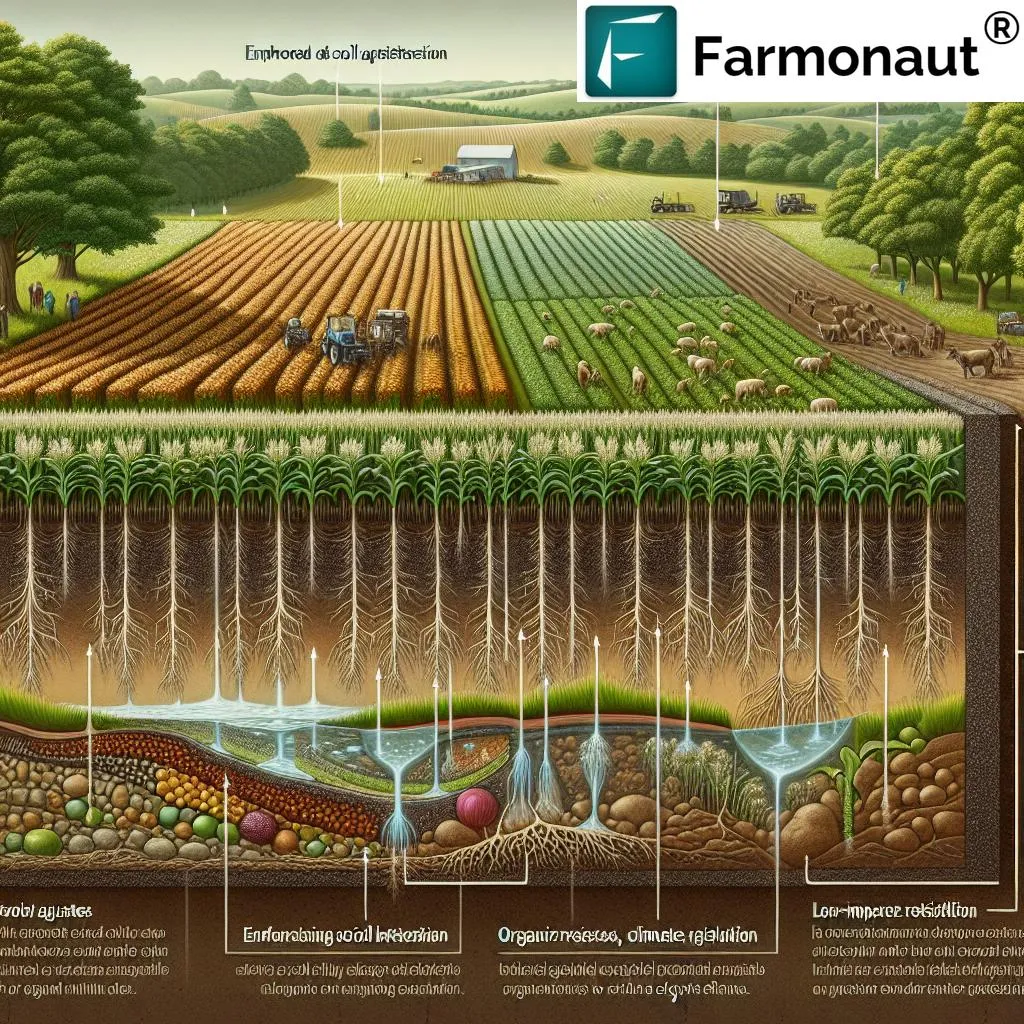In the quest for sustainable agriculture, farmers and researchers alike are turning their attention to conservation tillage (CT) systems, a practice that promises to enhance soil health and productivity. A recent review published in the *International Journal of Bio-Resource and Stress Management* sheds light on how these systems impact soil organic carbon (SOC) and physical properties, offering valuable insights for the agriculture sector.
Conservation tillage involves reducing tillage operations and leaving at least 30% of plant remains on the soil surface. This practice has been shown to influence soil compaction, aggregation, hydraulic conductivity, porosity, water storage, and SOC. However, the results are not always consistent, with some studies reporting positive changes in soil properties under CT, while others note decreases in total porosity, water holding capacity, and SOC under no-tillage systems compared to intensive tillage.
Peeyush Sharma, lead author of the study and a researcher at the Division of Soil Science & Agricultural Chemistry, Science & Technology, Jammu, emphasizes the importance of long-term experiments in understanding the full impact of conservation tillage. “In long-term experiments, it has been well documented that soil can be managed to increase SOC and improve soil physical properties by adopting conservation tillage,” Sharma notes.
The study highlights that intensive tillage can deteriorate soil quality by incorporating crop residue into the soil, disrupting soil aggregates, and increasing soil aeration. However, the magnitude of changes varies with the nature of the soil, tillage operations, soil water content, and climate. This variability underscores the need for tailored approaches to conservation tillage that consider local conditions.
For the agriculture sector, the implications are significant. Improved soil health can lead to increased crop yields, reduced erosion, and enhanced water retention, all of which contribute to more sustainable and profitable farming practices. As Sharma points out, “Conservation tillage provides the best opportunity for restoring and improving soil productivity.”
Looking ahead, this research could shape future developments in the field by encouraging farmers and researchers to adopt and refine conservation tillage practices. By focusing on long-term soil health and sustainability, the agriculture sector can mitigate the impacts of climate change and ensure food security for future generations. As the global population continues to grow, the need for sustainable agricultural practices becomes ever more pressing, and conservation tillage offers a promising path forward.

